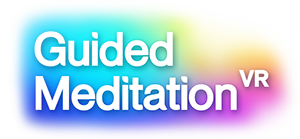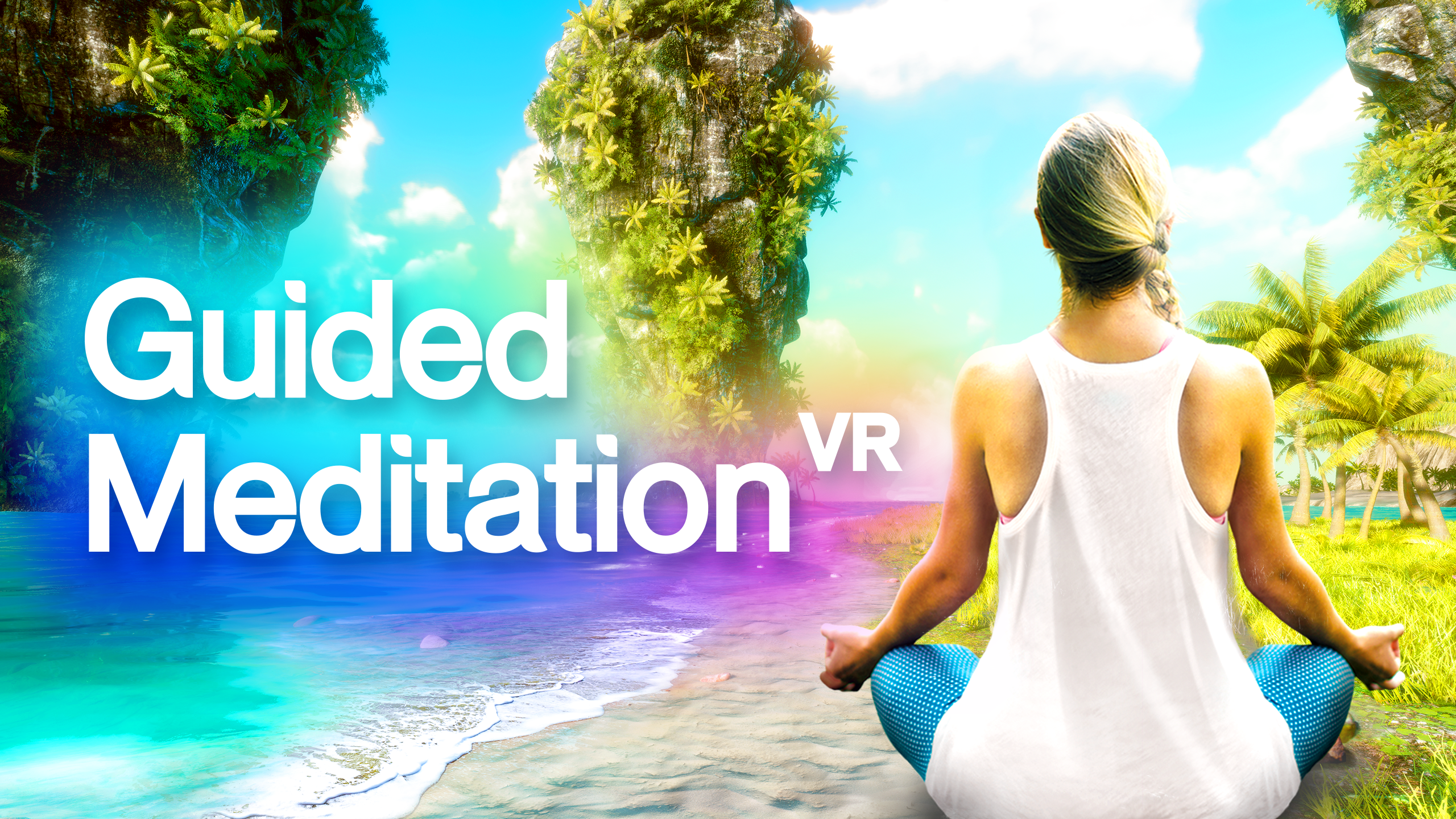- /
- Meditation
- /
- Resilience
- /
- Resilience Meditation 03
Session 3/10
Transcript
Welcome back to your course on meditation for resilience. In today’s practice, we work with your experience of the physical body. So you can learn to use meditation techniques as tools to return to calm and balance during times of stress or upheaval.
The body itself is profoundly resilient. Tapping into its innate steadiness and its capacity to reconnect you to the earth beneath your feet will equip you with an embodied reminder that you can handle huge challenges and recover from hardships. So, settle into a comfortable posture. It might be the same seated position that you’ve used in your last two practices. Or you may want to try a different posture today. There are no rules about how your body should be during this practice. Feel free to experiment to try different ways of sitting in stillness. One of the intentions of numerous different meditation philosophies is to let go of attachments. If you choose not to become attached to a particular way of meditating, you are already practicing non attachment. Take your time to find a posture that works for you today. Close the eyes and allow the hands to rest. Palms facing down well wherever they naturally fall on their legs. When you feel settled, bring the awareness to your hips and seek burns. Notice how your body is supported by the pelvis and how the pelvis is able to rebalance you quickly and easily. If you lean forward, shifting your weight into the front of the pelvis.
It adapts to support you. If you lean to one side, and then to the other. To that to support you. If you lean backwards, shifting your weight into the back of the pelvis, it adapts to support you.
And when your weight is centered over the pelvis, the shoulders above the hips. Your body finds a soft, natural stillness. You are effortlessly supported. The body is so adept at finding balance that most of the time it happens without any awareness from you at all.
And this is a powerful thing to acknowledge. You are always supported. Notice the lower abdomen now become aware of the space below the navel. As you notice the lower abdomen. Notice also the way that it has changed with each inhale and exhale with each inhale The lower abdomen rises gently. With each exhale, it softens and fools inhale and the abdomen rises. Exhale it softens and fools. There’s a moment at the end of each exhale, a pause just after the breath has left the body.
And before the next inhale begins bringing in new breath. It’s a very brief pause. So brief that you may never have noticed it or thought about it. But it is always there. That moment in between the end of the exhale and the beginning of the following inhale.
After the next exhale, allow that pause to lengthen Just a little. Instead of breathing in right away, let the breath state outside of the body for a moment longer. This doesn’t mean forcefully holding the breath out. It’s more like offering the body a moment of emptiness. Then one second or two seconds or three or four seconds later, whenever it feels right to you. Welcome the breath into the body again. Then take two or three normal breaths without extending that pause. And then do this again. At the end of the next exhale, offer the body a few more moments of stillness before you draw in a new breath.
In that pause, notice how the lower abdomen that space between the navel and the pubic bone becomes softer. It feels almost infinitely soft. Deep softness and darkness and comfort at the core of you and breathe in when your body signals that it’s time to do so. We don’t need to use force or pressure in this practice. All it takes is an offering of space and a curiosity about when the body wants and needs to draw in that new breath. Return to an easy, uncontrolled rhythm with the breath. Now drop the chin forwards and down and slowly move it to the right beginning to draw a big circle with a chin and account counterclockwise direction. It moves up and back. Then over to the left and down and then forwards again.
Complete three full slow circles with a chin in this direction. The shoulders are relaxed Next, and the neck is relaxed and then pause and move in the other direction. Take three big slow circles with the chin in a clockwise direction. The jaw relaxes. So there is just a little bit of space between the top teeth and the bottom teeth. Finally the head returns to the center. The head balances with ease over the neck, over the shoulders and over the pelvis. The body is in balance. Your practice is complete.
”The body itself is profoundly resilient. Tapping into its innate steadiness and its capacity to reconnect you to the earth beneath your feet will equip you with an embodied reminder that you can handle huge challenges and recover from hardships.


